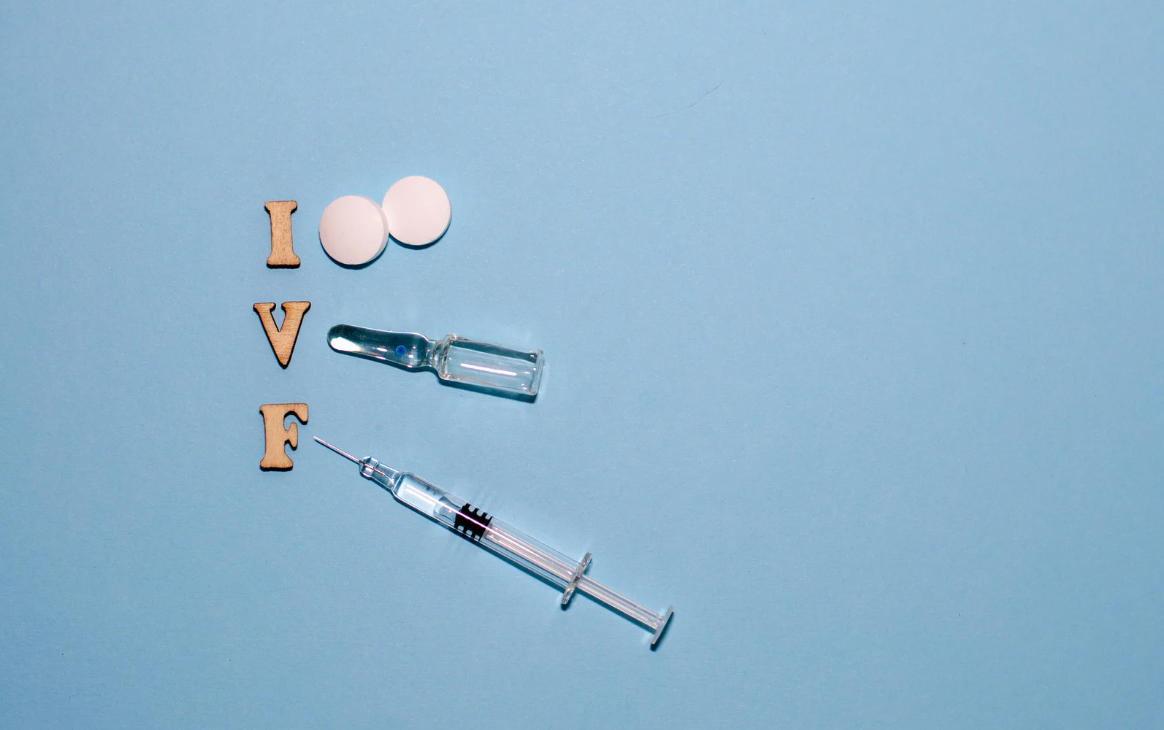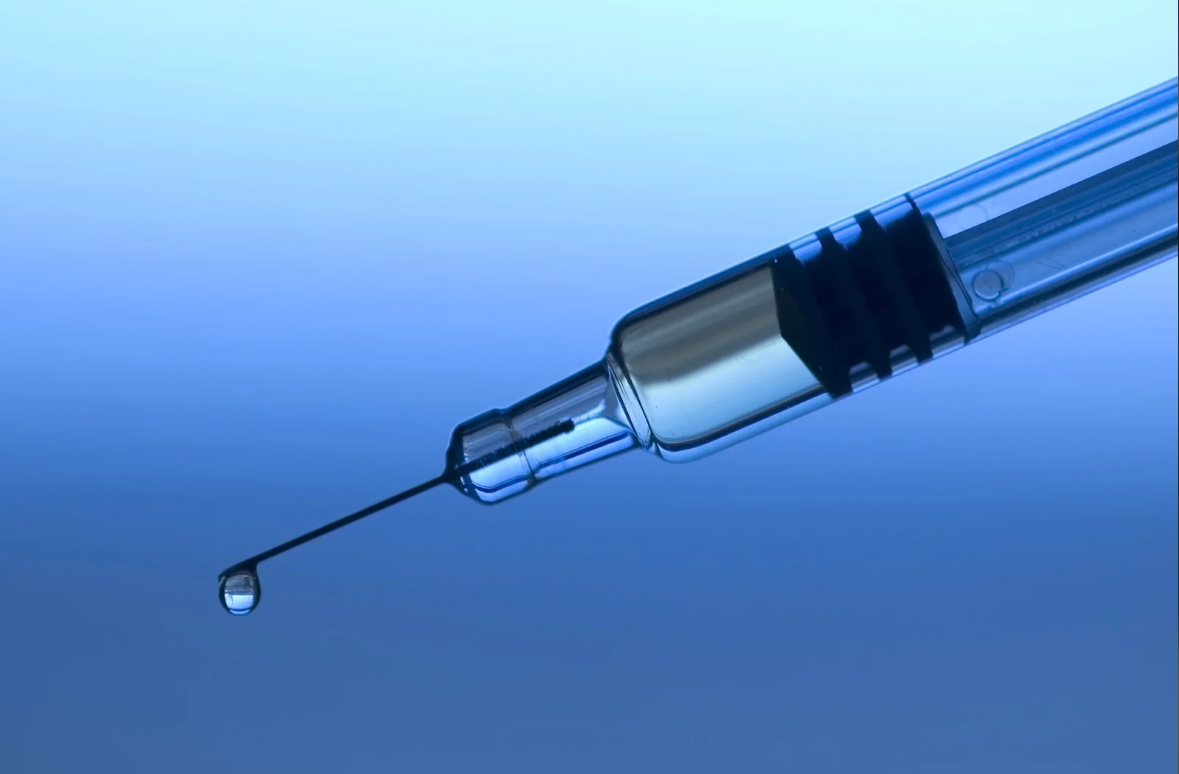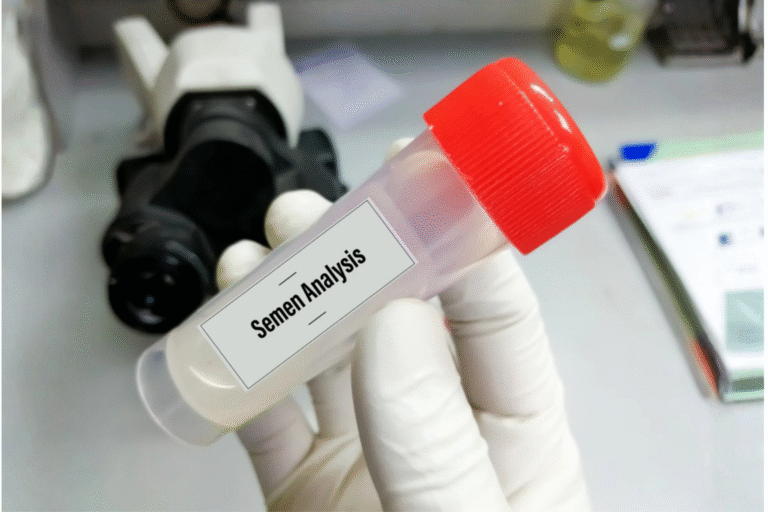You’ve taken the first step and begun your IVF journey. Now comes the hard part- the injections.
Your doctor has handed you a box of medications and instructions for giving yourself injections at home. And now you’re thinking: I’m supposed to stick a needle into myself? Multiple times? Every day?
If you’re feeling somewhere between anxious and terrified, you’re not alone. The good news? It’s almost always easier than you think. With a little preparation, it becomes just another part of your routine.
Why Injections?
Fertility medications need precise doses at specific times. Injectable medications bypass your digestive system and go straight into your bloodstream, working faster and more reliably than pills.
You’ll use different medications at different stages—stimulation medications to help produce eggs, prevention medications to stop early ovulation, trigger shots to mature eggs, and progesterone to support your lining. Your clinic will give you a detailed schedule.

The Two Types of Injections You'll Do
Most fertility injections are subcutaneous—into the fatty tissue under your skin, usually in your abdomen or thigh. These needles are thin and short, and hurt less than most people expect.
Some medications, particularly progesterone in oil, are intramuscular—into the muscle, usually in your upper buttock or thigh. These require longer needles but many clinics now offer alternatives like suppositories or tablets.
The lesser-known truth: The anticipation is almost always worse than the actual injection. Most patients say the anxiety beforehand is harder than the injection itself.
Setting Up Your Injection Space
Create a dedicated space—familiarity reduces anxiety.
Choose your location: A quiet, well-lit area where you won’t be interrupted. A bedroom, dining table, or desk works well. Avoid bathrooms and kitchens (higher bacteria).
Gather your supplies: All medications, syringes and needles, alcohol swabs, gauze, band-aids, sharps container, your schedule, and your phone.
Make it comfortable: Play music, turn on a show, or call a friend. Whatever helps you feel calm, do that.
Step-by-Step: Your First Subcutaneous Injection*
Step 1: Wash your hands thoroughly with soap and warm water for 20 seconds.
Step 2: Prepare your medication. Some come pre-filled (easiest), others need mixing. Follow specific instructions. If mixing—draw up liquid, inject into powder vial, gently swirl, draw back into syringe.
Step 3: Check for air bubbles. Hold syringe needle-up, tap gently, push plunger until a tiny droplet appears at the tip.
Step 4: Choose your injection site. For abdomen—stay 1-2 inches from belly button, rotate sites daily like a clock face, avoid bruised or sore areas.
Step 5: Clean the site with an alcohol swab in circular motion. Let it air dry.
Step 6: Pinch your skin with your non-dominant hand—about an inch of skin and fat.
Step 7: Insert the needle. Hold the syringe like a dart at 45-90 degrees. In one quick, smooth motion, insert into the pinched skin. The faster you do this, the less you’ll feel it.
Step 8: Inject the medication. Slowly push the plunger down. Count to 5.
Step 9: Remove needle and release pinch. Pull straight out at the same angle. Apply gentle pressure with gauze if needed.
Step 10: Dispose immediately in sharps container. Never recap used needles.
Step 11: Breathe. You did it.
* This guide is for indicative purpose only. Please take detailed instructions from your healthcare provider to avoid any adverse events.

Tips to Make It Easier (From People Who've Been There)
Ice the area: ice numbs the area and helps ease the pain of the injection.
Distraction works: Watch TV, FaceTime a friend, listen to a podcast.
Don’t psych yourself out: The longer you sit there holding the needle, the harder it gets. Prepare everything, take one breath, and do it.
Get help if needed: No shame in having your partner help or coming to the clinic, especially at first.
Rotate injection sites religiously: Prevents bruising, soreness, and lumps.
Set alarms: Timing matters. Stick to injection times within a 1-2 hour window.
What About Side Effects?
Common side effects: Bloating (sometimes significant), breast tenderness, fatigue, mild headaches, mood swings, injection site reactions (redness, small bumps, bruising), abdominal twinges.
These are normal—they’re signs the medications are working.
When to call your doctor: Severe abdominal pain or swelling, difficulty breathing, severe nausea/vomiting, signs of infection at injection sites, any symptom that feels “off.”
Trust your instincts. Always better to call and check.
The Emotional Side Nobody Talks About
Giving yourself injections is physically manageable. Emotionally? It can be surprisingly hard.
Every injection is a reminder you’re going through treatment. Every needle is a tiny hope, a tiny investment. Some days you’ll feel strong. Other days you’ll cry.
Both are okay. This process is hard—invasive, inconvenient, expensive, emotionally exhausting. Give yourself permission to feel however you feel.
Here’s what usually happens: The first injection is terrifying. The second is scary but easier. By the third or fourth, you’ve got a routine. By day seven, you’re doing it while watching Netflix and barely thinking about it.
Your body is more resilient than you think. Your courage is bigger than your fear. And you’re doing something incredibly brave.
We're Here to Support You
If you’re about to start fertility injections and feeling overwhelmed, we’re here to help. Our nursing team provides thorough injection training—in person or via video call—and we’re always available if you have questions or need reassurance.
Contact us anytime during your treatment cycle. We can walk you through techniques, troubleshoot issues, or schedule an appointment for nurses to help with injections.
Because fertility treatment is challenging enough—you shouldn’t navigate the practical parts alone.









